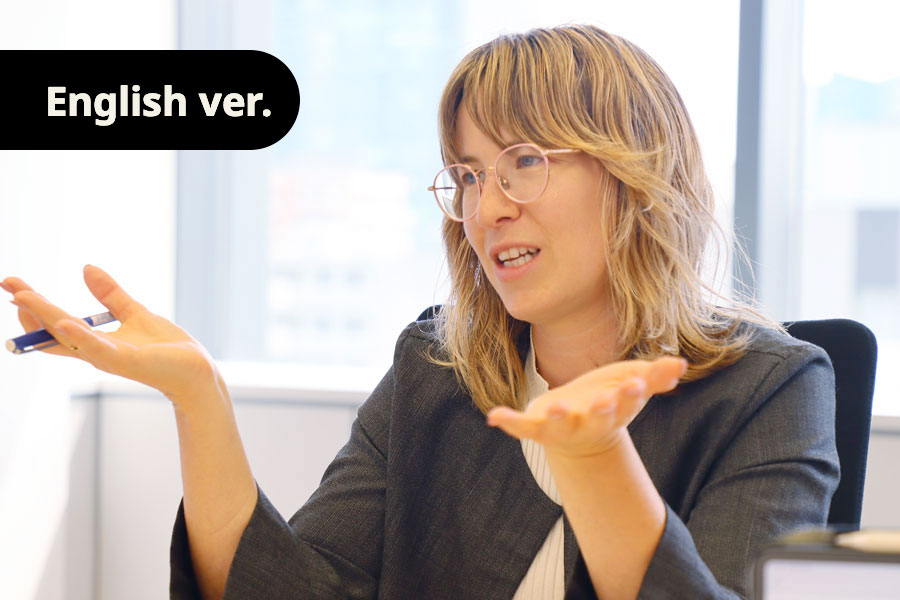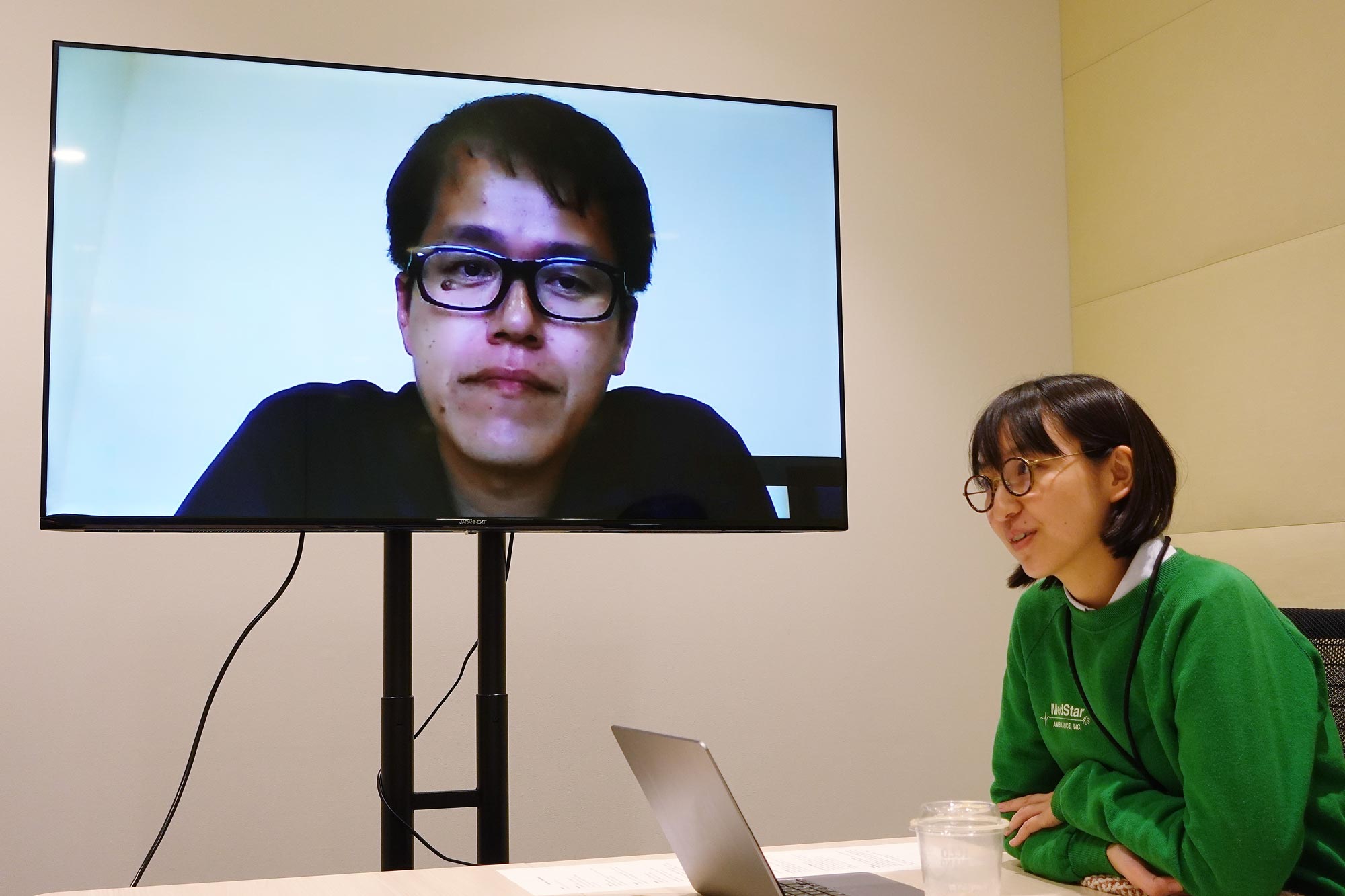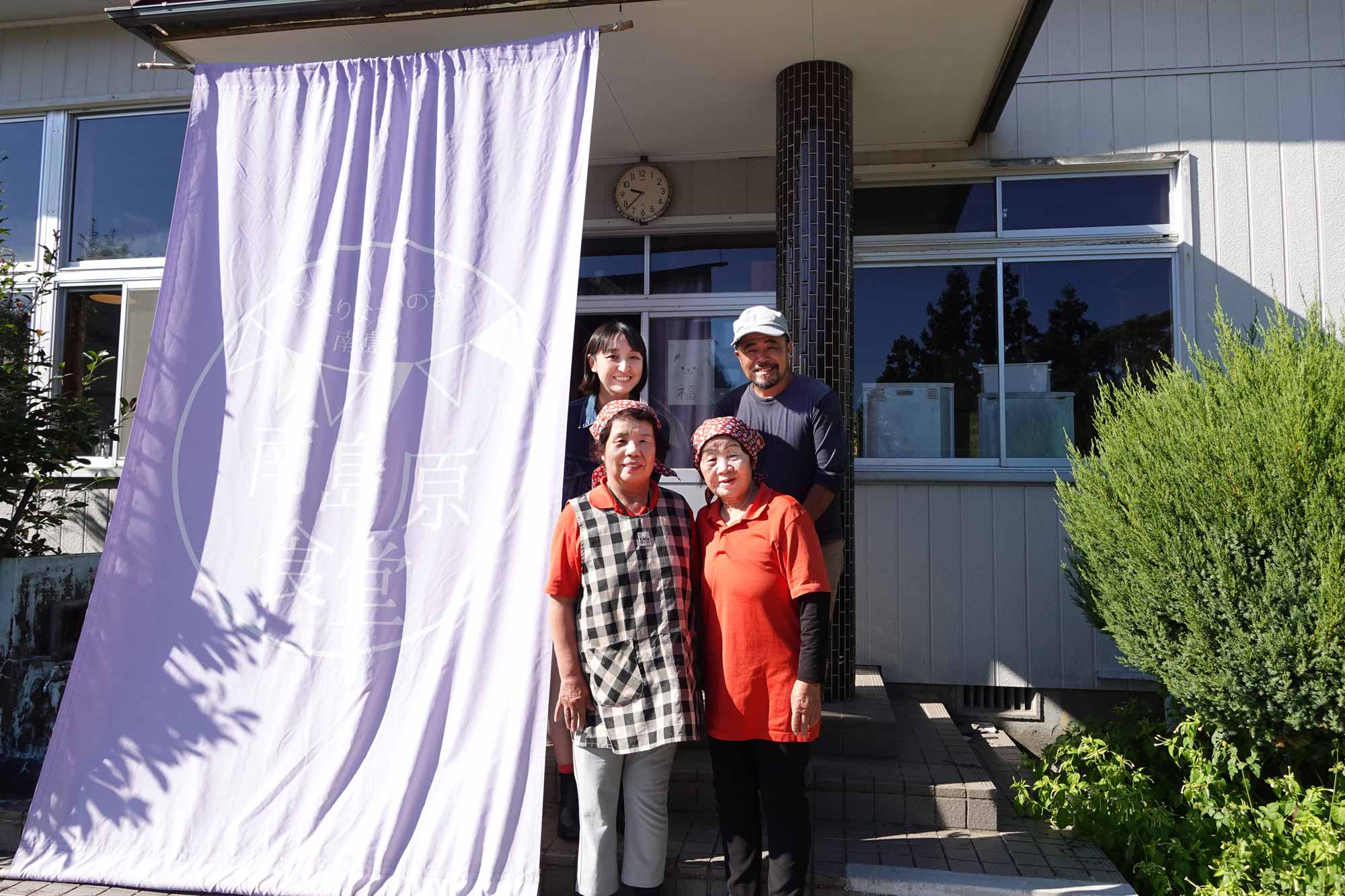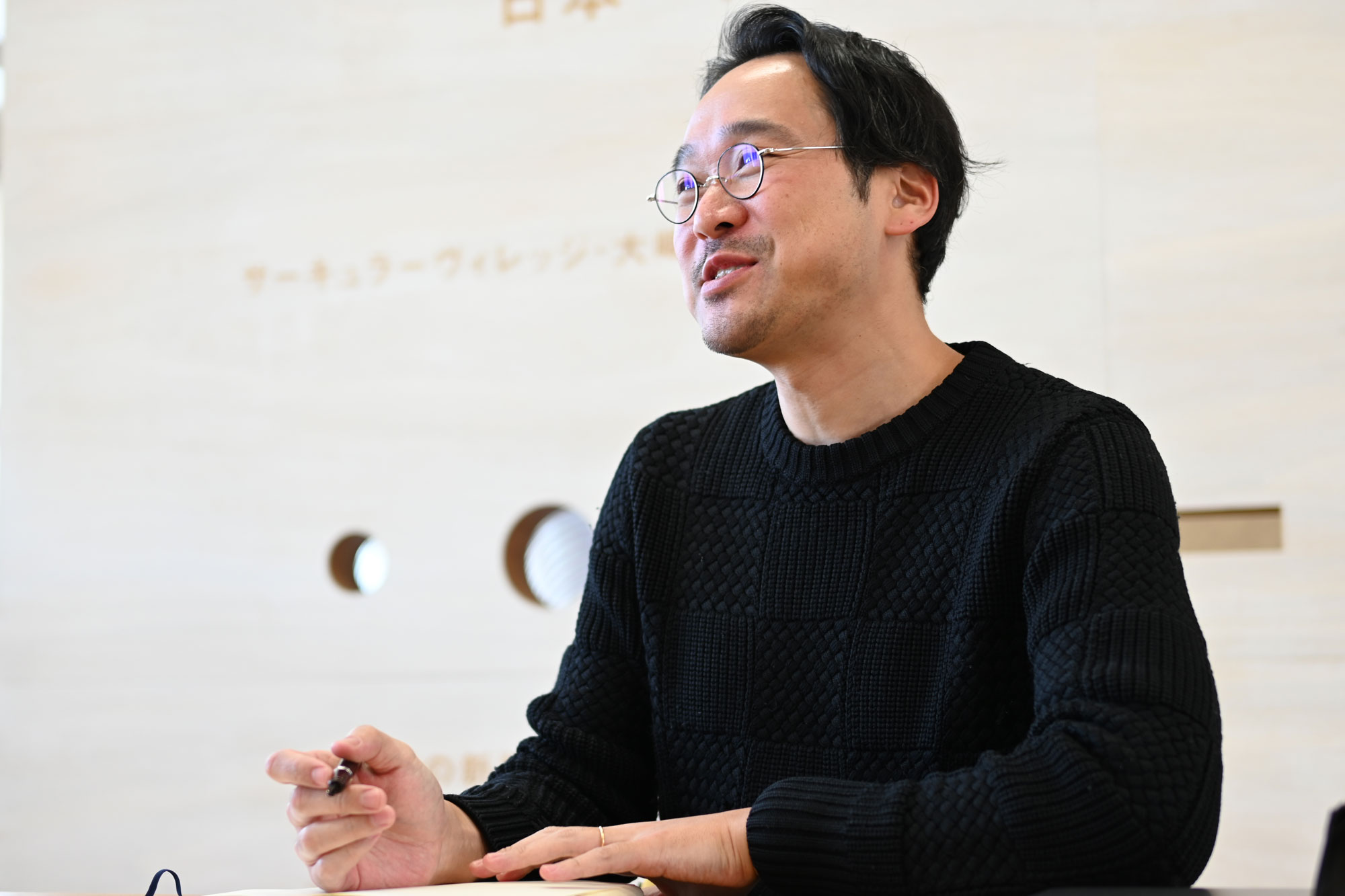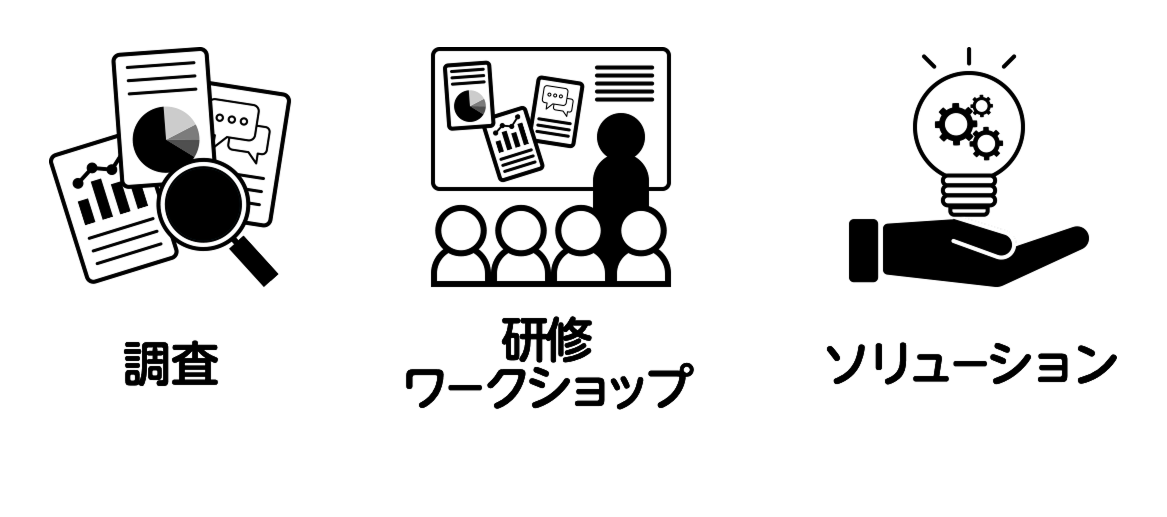Gehl Architects (“Gehl”) is a global urban design and research consultancy headquartered in Copenhagen, and is the world’s leading company in urban development, public space design, and public life research.
Its Portfolio director Sophia Schuff visited Japan, and we took the opportunity to interview her about the philosophy and methods of Gehl, whose tenet is human-scale and people-centered urban development.
Part 2 discusses the other important keyword representing Gehl: activity.
The interview is packed with many revelations which can be applied to urban development in Japan.
-
-
 Sophia SchuffPortfolio director at GehlSophia leads in Gehl’s philanthropy serving portfolio in Public Sector and Philanthropy team, based on the vision “making cities for people and planet,” so that regions and communities will transform themselves into healthier ones.
Sophia SchuffPortfolio director at GehlSophia leads in Gehl’s philanthropy serving portfolio in Public Sector and Philanthropy team, based on the vision “making cities for people and planet,” so that regions and communities will transform themselves into healthier ones.
Tapping into her qualification as an anthropologist and insight into human experiences, she promotes the urban transformation process to have sustainable social and health impacts.
-
How to incorporate soft perspective into infrastructure development.
Jan Gehl, who founded Gehl, often writes that it is important to formulate activities in cities and communities to make the place cozy. I was then intrigued with the differences in the sensory scale as we have discussed in the first part. If different people living in one place had different sensory scale, should activities be different?
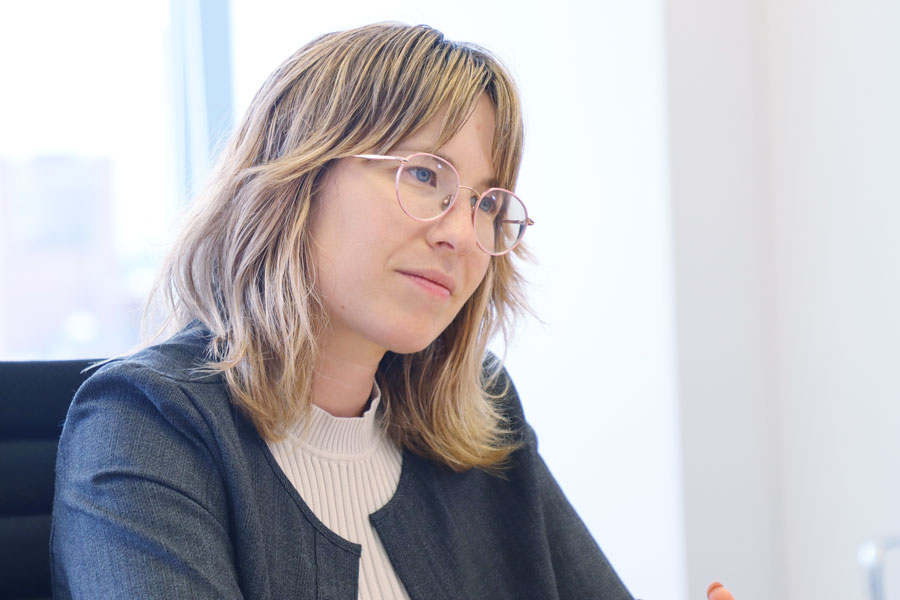
Sophia: Exactly. Making activities is often construed by many as building sports or entertainment facilities with huge investment, but that may not necessarily be the case. For example, there are lots of other ways such as offering public space for gardening or art activities, creating playgrounds for children, or setting up a place where the elderly can get together. Especially, cities with solid infrastructure for children and the elderly are considered as good cities.
Sophia: There are two types of infrastructure. One is hardware, such as facilities and places, but the other is intangible, soft infrastructure. Creating campaigns and media, making registration service for activities simple, or allowing children to wander around the playgrounds on the way to school. They may appear cheap and simple, but they are effective. Without huge investment, one can create effective activities.
ーThat means, for example, it is possible to implement activities to vitalize a region regardless of its size of the municipal budget or the population. My concern, based on my interviews with local population who work on CIVIC PRIDE activities, is that in Japan locals are not endowed with an environment where they can act freely. Is it because Japan, compared to Copenhagen, lacks the cultural backbone?
Sophia: I would say it is because many are puzzled how they can contribute to the betterment of their own city. To better a city, you need movements from two directions, the top-down from the administration and the bottom-up from the locals. But the key is the intermediary who is in between to connect those two movements.
We always strive to become one. As a consultant, we cannot enforce everything we hope for, but throughout the project we try to find a zealous community, group, or individual to make a platform in bridging the top-downs and the bottom-ups.
ーCertainly, we know Okamoto Aya who came to Hida City as a community development volunteer to have become a bridge between the administration and the citizens (Hida City Medicinal Herb Village Initiative, Click here to read the article), and Naka no hito san at Sagamihara city government (Click here to read the article) was a civil servant instrumental in connecting the top-downs and the bottom-ups. How can we find such a zealous by-stander?

Sophia: We just take time and search for one. Go as many places as possible and talk to them. Then go to meet the next person introduced by the first one. You never know before you go there on the ground. People who are engaged in good activities often do not advertise on their own.
However, we are trying to create a framework to support them. We are currently working on a US project called AWE. Awe means that people are amazed or surprised, and our database will collect what local people find amazing or surprising in their local area and share them open-sourced. We specifically developed an AI to digitize human feelings.
When a person talks to the AI, it will observe his or her emotions and convert them into data. For example, we collect data from people taking a walk. How do they feel and what do they watch? The data will reveal the thing or the event that activates people’s mind, and by tracking down the source we can find the core existence that may vitalize the region. We intend to make that platform available in other cities.
How to measure the feeling of civic pride?
Following the theme on digitization of emotions, I asked if we could convert civic pride into data. This was because we often argue if civic pride can be quantified. I asked for some tips to measure the feeling of civic pride so that a city promotion project can be assessed for its contribution in augmenting civic pride.
Sophia: I am sure that civic pride can be quantified. There are indicators to measure happiness. I am sure that we can measure civic pride with appropriate indicators. We can list up variables that influence civic pride, such as participation to events, voting, quality of life, the number of social connections, and make a yearly assessment. It may be a slightly different case, but I have an interesting map that I would like to share. It’s a map of New York City, but it is pixelated and color-coded according to the emotions and opinions of the residents. You can see that the residents in South Brooklyn refuse to be categorized as Brooklynites. They insist on living in South Brooklyn. You can find a new perspective in analyzing a city when you measure emotions and digitalize them. Similarly, by measuring civic pride, you may find a new image of the region.
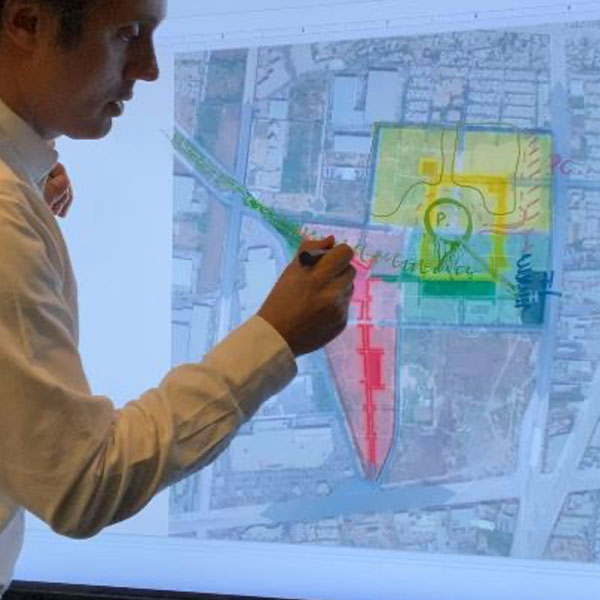
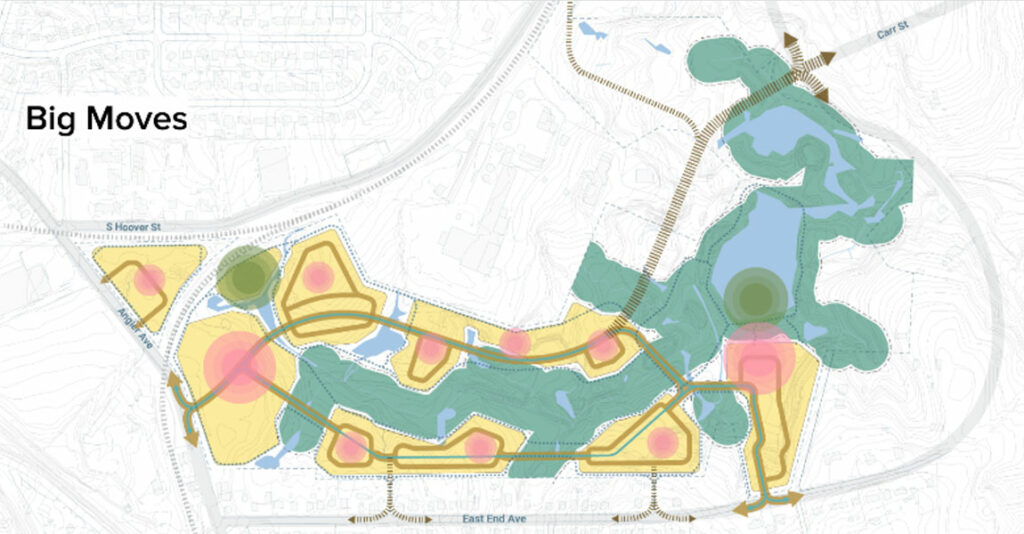
Visualize your identity
We find the same kind of sentiment, to associate oneself with South Brooklyn but not Brooklyn, also in Japan. For example, not Kanagawa Prefecture, but Yokohama City. Not Hyogo Prefecture, but Kobe City. And while such a segmented division may strengthen regional identity, it can deter more decisive movements at the greater prefectural level, for example. Is it better to get aggregated or dissected?
Sophia: It is rather easy to collate everything to make one big identity. As a marketing approach, this is easier. For example, you can promote tourism in Aomori prefecture as a whole, but not focusing on the Tsugaru region. Rather than grouping at a higher level or at a lower level, I am more of the opinion that we need to focus on whom to deliver, or who the audience is.
It is the same as the fundamental question in marketing. Therefore, the question is not about how to make the region’s identity, but how the identity of this audience (for example, the residents) can be visualized to characterize the region. If someone feels that his or her identity is visualized in the region, he or she will be interested in the region and think of it as his or her own.
ーIf that is to be realized, would we not see any more of those Little Tokyo sprouting after regional developments to deprive cities of local characteristics and present standardized landscape? What actions can we take?
Sophia: It is about seeing what we cannot see. When we look at cities, by focusing only on what we see, cities get standardized. It is necessary to talk to the community to know what the residents feel is important for them. But I don’t necessarily think it risky to have Little Tokyo. Residents may warm to it. Even on the surface it looks like Little Tokyo, the materials used on buildings, the food people eat, or the atmosphere may be different. Local characteristics may play some roles.

Finally, we asked Sophia about her work ethics. Urban development takes a very long time, and the results of the current project may take ten or twenty years to surface. In this context, when Sophia feels a sense of accomplishment in her work?
Sophia: It is true that our work spans for a very long time, and I may not be able to see the final results of what I have done. I feel most rewarded when I could have changed people’s mindset. For example, when we see people start up a project on their own or when the administration changes their workstyle and decides to set up a position for community workers, launch a new process or collect qualitative data, I can feel that our contribution has changed their mindset. That means we have succeeded in making a first step to bring about a big impact.
Postscript
One and half hour’s interview with Sophia was both exciting and thought-provoking.
My understanding of civic pride has improved after the interview.
It is not because of novel ideas and perspectives: I was reminded that truly
precious things may easily get neglected, and that there are things that only unbiased, clear lenses can show.
Gehl was founded by an architect Jan Gehl and his wife and psychologist Ingrid beyond the remit of architecture and psychology.
By now Gehl added a wide range of specialists from sociology, anthropology and data science, and builds on their respective strength.
Even when specialists from different background gather, Gehl’s lens to observe cities remains clear because it has the vision of urban development for humans and for the earth at its core.
Various players are involved in urban development and place making, bringing with them different values and seeking different benefits.
With civic pride as a common vision, we may be able to work with a clear lens to observe the city.
I could update my views on the role of civic pride through this interview.
Interviewed by Koseki and written by Yamashita.


